|
Dear Sashikoists, Life has changed abruptly in ways we could never have imagined only a very short while ago. For me sashiko offers a blessed escape from the anxiety and stress. In the spirit of providing a tiny bolthole from the darkness, I searched my collection of sashiko photographs and chose fourteen of my favourites that I shared over two weeks on instagram. Below are those photographs with accompanying text, which I hope will also convey a sense of the history and versatility of sashiko. Day One This is my own work, a hanafukin that I stitched with a freestyle cherry blossom motif couple a few years ago. I like to get it out in April, but this year feels particularly poignant. As I write, the cherry trees are starting to bloom, but even if we cannot enjoy them in the usual way, looking at this hanafukin is one way to mark the season. Day Two “Everybody Had Dreams” is the title of this piece, which I saw at the 2016 Tokyo International Quilt Festival. The fabric is a large furoshiki (wrapping cloth) which had belonged to the creator Harumi Iida’s brother-in-law. He had used it to carry his belongings in when he was evacuated to the countryside as a schoolboy during WWII. Seventy years later it came into Harumi’s hands and she stitched it with patterns to evoke the dreams she imagined those children must have had, while feeling sad and lonely at being separated from their families. Day Three Boro, which means ragged or tattered threadbare clothing in Japanese, played an important role in the origins of sashiko. This kimono made from rags held together by sashiko stitching, was probably mended and handed down, over and over again. It was in the BORO collection assembled by folklorist Chuzaburo Tanaka (1933-2013) that used to be housed at the Amuse Museum in Asakusa. However the museum has closed since I saw it and the collection was taken on a world tour. Day Four This is a Tsugaru Koginzashi kimono, also from the Chuzaburo Tanaka collection. Koginzashi originated in the snowy regions of Aomori in northern Japan, where hemp was the only available fabric. A law passed in 1724 forbade peasants from wearing cotton, permitting only indigo-coloured hemp. Thus the distinctive patterns and style of stitching using white cotton thread evolved to fill in the rough weave of the hemp and make it warmer. Day Five This gorgeous multi-coloured piece of Nanbu Hishizashi sashiko was stitched by local Ibaraki sashikoist Reiko Yazama. Hard to believe that this type of sashiko also evolved in Aomori, not so far from the blue and white Tsugaru Koginzashi of yesterday’s photo. Nanbu hishizashi patterns are more elongated in shape, and colourful. The reason for this was a relax g of the rules by the local feudal lord when a train line brought coloured thread into the district. Women took advantage of this to make colourful items for festive wear, in particular aprons. Day Six Here is another example of beautifully coloured Nanbu Hishizashi sashiko. This pair of children’s tabi (footwear) was made sometime in the Meiji era, which could be anytime between 1868 and 1912. They’re so adorable I’d be happy to wear them myself! Day Seven One last photo of Hishizashi sashiko. The dense stitching on these workman's trousers would have kept out the cold northern winds. I don’t know anything about these trousers except that they were probably worn in the Meiji era, but the design seems timeless. I can imagine them being worn today in Aoyama, Ginza or any other upmarket district of Tokyo! Indigo dyes were also a precious resource that had to be conserved, thus stitching navy blue stripes onto lightly dyed fabric was one way of achieving that. Day 8 This wall hanging by Eiko Suzuki is a sampler of sashiko from the Shonai region in Yamagata prefecture. Shonai sashiko patterns are typically geometric with their origins related to daily life and work. Shonai sashiko was stitched on whatever fabric was available (unlike Tsugaru kogin and Nanbu hishizashi which evolved on hemp). Patterns shown here include futome tsunagi (thick links), ganze (sea urchin), asanoha (hemp), soroban (abacus), sugi (cedar), kawari hishizashi (diamond variation) and kakinohana (persimmon flower). Day Nine The pattern on this hanten (workman’s jacket) by Hide Takahashi is called ganze, which means sea urchin. The word ganze comes from the dialect spoken on the tiny Japan Sea island of Tobishima, off the coast of Akita Prefecture, where fishing was obviously a big part of life. Looking at the mesmerizing spiky lines and circles on this jacket, it’s easy to see the resemblance to sea urchin. Day Ten This table centre stitched in ishiwari (paving stone) style was made by my teacher, Chiyoko Nakazaki. You’ll see segments of asanoha (hemp leaf), Bishamon kikko (Bishamon tortoiseshell) and kumi kikko (interlaced tortoisehell), sayagata (brocade weave), tsuno kikko (horned tortoisehell) and kagome (basket weave). Sashiko was born out of practical necessity, but made the leap from being a mainly practical to a decorative handcraft. Nakazaki-san studied under Akita-born Eiko Yoshida, who was influential in popularizing sashiko as a decorative art from the 1970s. Day Eleven From the Taisho period (1912-1926) onwards sashiko began to get colourful. This gorgeously coloured noren (curtain) is the work of my classmate, Masami Inoue. I’m a big admirer of Inoue-san’s stitching, which is unfailingly neat and even; regular in size but also plump and fluffy – like little grains of rice. The pattern is called a noshi, a motif traditionally used on gifts and messages. Patterns used in the strands of this one are, left to right; nowaki (autumn grass), kagome (basket weave), juji tsunagi (linked crosses), asanoha (hemp leaf), maru shippo tsunagi (linked seven treasures), Bishamon kikko (Bishamon tortoiseshell) and higaki (cypress fence). Day Twelve More lovely colour in this wall hanging by Akie Ginza, who is another important name in modern sashiko. Ginza has a gallery and shop deep in the countryside of Tokyo (I know that sounds a contradictory but Tokyo is not all city). Her work, which she describes as art, not handicraft, is characterized by the use of naturally dyed fabric and thread, and and by varying the thread thickness to achieve artistic effect. The design in this wall hanging is composed of one stem each of peony, chrysanthemum and cherry blossom, which are a combination of adapted traditional and original designs. The flowers are elongated into a diamond shape, while the border is a playful blue and white spiral pattern. Day Thirteen Mend, use, remend and reuse – the spirit of early sashiko lives on in this vest made from, pieces of old fabric stitched together. I came across it for sale in a travelling exhibition. All around Japan there are shops and dealers who specialize in old cloth and clothing made from old fabric. The dealer selling this vest has a shop, but travels to different regional towns and cities to show and sell the fabric and clothing that she sources from other dealers, sashikoists and seamstresses all over the country. The multi-coloured buttons lend a modern, playful touch! Day Fourteen
For the final photo of this gallery of sashiko, I leave you with this detail from a workman’s apron (probably Meiji era). The pattern name is yatsude asanoha, which means ‘eight-fingered hemp leaf.’ The hemp plant has been a revered and vital part of Japanese life since ancient times, and the pattern based on it is ubiquitous in daily life even now. Hemp has six ‘fingers’, but aralia, the plant on which this pattern is based, has eight. The pattern is called ‘eight-fingered hemp’ because aralia leaves are similar in shape to hemp. The hemp pattern is traditionally used on children’s clothing, to symbolize the wish for them to grow strong like the hemp plant, and as a charm against evil, but it can also be used to express wishes for good health. Therefore in this time of worldwide sickness and uncertainty, I offer it as an expression of my wish for your health and safety.
3 Comments
Dear sashikoists,
I know there is not one amongst you who is not touched by the effects of the terrifying virus sweeping our planet. Life has changed abruptly in ways we could never have imagined only a very short while ago. But if you are like me, I know you will find sashiko offers a blessed escape from the anxiety and stress. In the spirit of providing a tiny bolthole from the darkness, I have been looking through my collection of sashiko photos and chosen fourteen favourites that I would like to offer for your enjoyment over the next two weeks on instagram. Don’t worry if you are not signed up for insta, at the end of the two weeks I will collate them all into one long blog post. To kick off, here is a hanafukin I stitched in a freestyle cherry blossom pattern. Thank goodness that through everything, cherry trees still bloom! Times are strange indeed when even sashiko class is cancelled because of coronavirus. But if you have to stay at home, what better way to pass the time and stay sane than by doing sashiko. It’s the perfect stressbuster, though I’m sure any sashikoist reading this doesn’t need me to tell you that. This is just another example of how you never know what life will throw up next. After the hiatus of last year I was happy to return to my regular sashiko class in January, but saddened to learn when I did that one of our classmates had recently passed away, at the age of 67. I remember Junko Takashi as quietly elegant, reserved but warm, and always simply and beautifully dressed. She often brought along clothes to show us that she had decorated with a touch of sashiko. In fact I think that was her forte. She confided in me once that she wasn’t much good at sewing—something we both had in common--and enjoyed looking for items of clothing to buy off the rack, that she could individualize with sashiko. I have seen many examples of how she did this on blouses, tunics and jackets. I wish I’d taken photos of them all. After combing through my photo collection, however, I did find a few samples of Junko’s work, which I put here now in memory of a sashiko friend. This cream tunic blouse has shippo tsunagi (seven treasures) on the right sleeve; vertical lines of free sticthing on the front for balance; and seigaiha (blue sea wave) and masu zashi (square measure) on the shoulder. A white blouse with tobi asanoha (scattered hemp leaf) on the front and a form of linked cross (juuji tsunagi) on the right shoulder Concentric circles in purples and showers of vertical lines below. Lovely. It's a pity the glass reflection blocks a better view, but this framed piece is all variations on ajisai (hydrangea). Masu zashi (square measure stitch). Imagine how much time it took to do this! And this! Hishi seigaiha (diamond blue sea wave). Last but not least, this beautiful kaki no ha (persimmon flower) cushion.
Greetings sashikoists. As it’s been so long since I’ve written a book review, I recently went to check out the shelves in a large Tokyo bookstore to see what’s new. Not much has changed in relation to how disappointedly few books about sashiko in Japanese there are, but I did pick up some new ones. This one jumped out at me as something slightly different. Sashiko no komono to otsukuroi (small items made of sashiko and sashiko mending) by Saki Iiduka was published in November 2019 by Nihon Vogue-sha. It seems to reflect a trend towards focusing on sashiko’s functionality for mending and recycling, rather than simply making pretty handicrafts, as many of the books in the past have. This one is very much a reflection of the author’s lifestyle, and shows how sashiko fits in with her ethos and way of living. Ms Iiduka (pronounced ee-zu-ka) studied painting at university and spent ten years living in the rural prefecture of Yamagata, where she had opportunity through her studies to closely observe rural life. She first encountered sashiko after graduation when she and a group of friends ran a café and lifestyle workshops in an old school building. She began making items for everyday use from sashiko, using and recycling whatever materials were at hand. In this sense her sashiko is close to the origins of sashiko, as a means of strengthening and reusing precious fabric. Many of the items pictured are things that she has made and uses. Nowadays she lives in a village in Gunma prefecture with her family and has a studio called Kaeru-top where she runs sashiko workshops, sells sashiko and runs a café. The first section of the book introduces 21 different items with instructions for making each at the back, and the stitch pattern diagrams shown to actual scale, which is a plus. The items include an amulet bag, brooch, pincushion, coaster, name card case, purse, book cover, pot holder, shoulder-bag purse, box-shaped pouch, sturdy drawstring bag, tote bag, lunch wrapper, stole, and boro drawstring bag. The section on the basics of sashiko has a series of photographs that show the process for drafting and stitching three different patterns (hishizashi diamond stitch, komezashi rice stitch, and hon-juji-hishikake real cross diamond woven stitch) in very clear detail, with the reverse side shown as well. Then there is a section on mending, once again with close up photographs showing how to mend holes, and photographs of suggested items to use mending techniques on, such as shirt collars and cuffs, cushions and knitted socks. My favourite section shows the author’s handmade swatches of stitch samples that she has made over the years for her own reference. I was pleased she wrote that names for the same pattern and variations are different in different regions, as this is something I always struggle with. Just as I think I’ve learned the name of a pattern I will find it in another book that gives it a different name. Nihon Vogue books are always high quality and this one is no different. What I liked most was that it is a real reflection of the author’s actual lifestyle with an emphasis on practicality, which gives it a pleasing freshness and authenticity.
|
Watts SashikoI love sashiko. I love its simplicity and complexity, I love looking at it, doing it, reading about it, and talking about it. Archives
September 2022
Categories
All
Sign up for the newsletter:
|

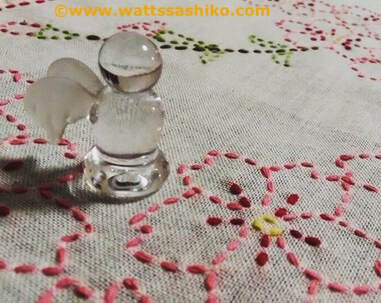
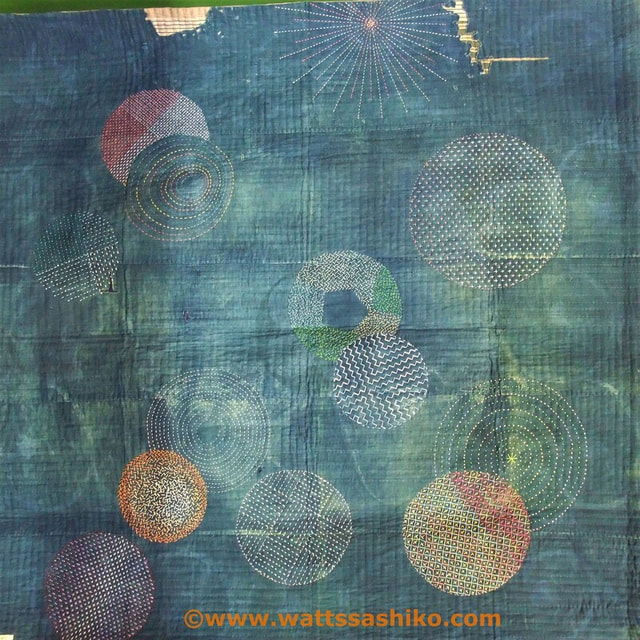
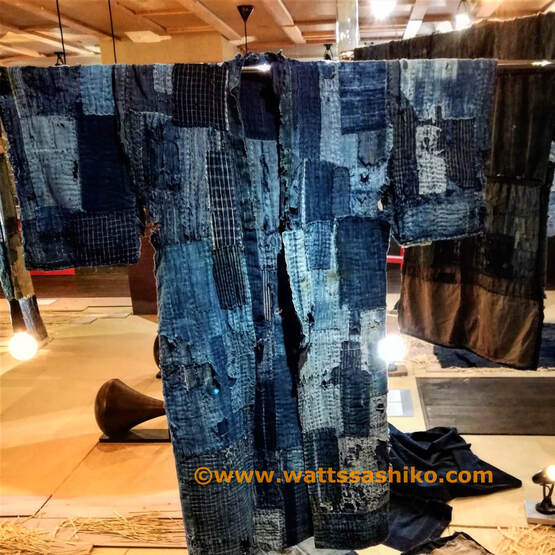
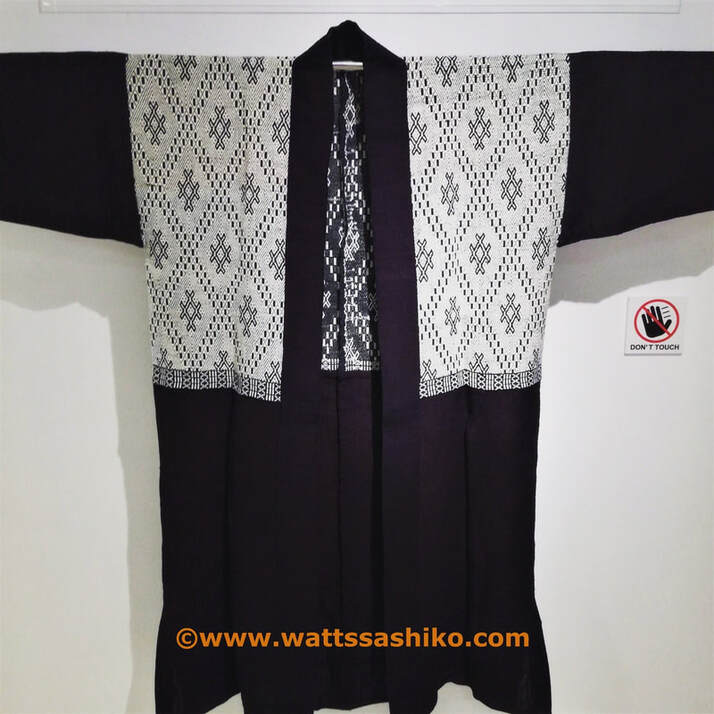
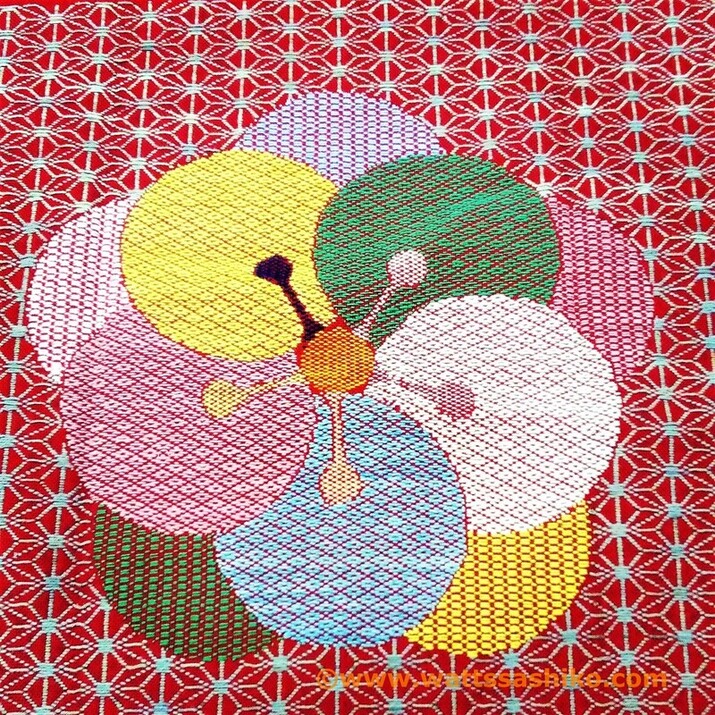
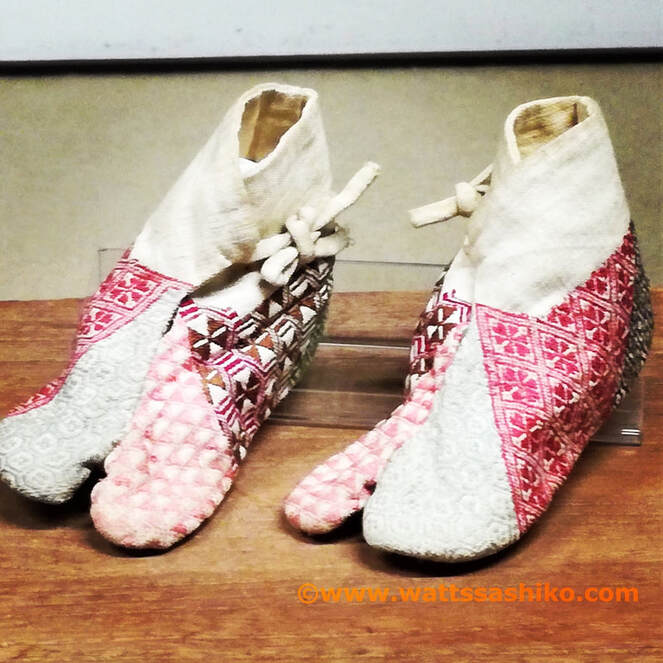
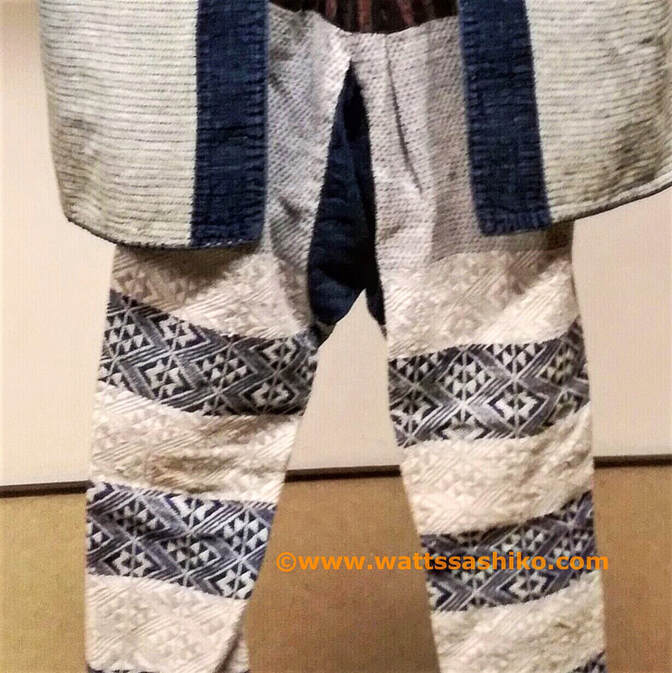
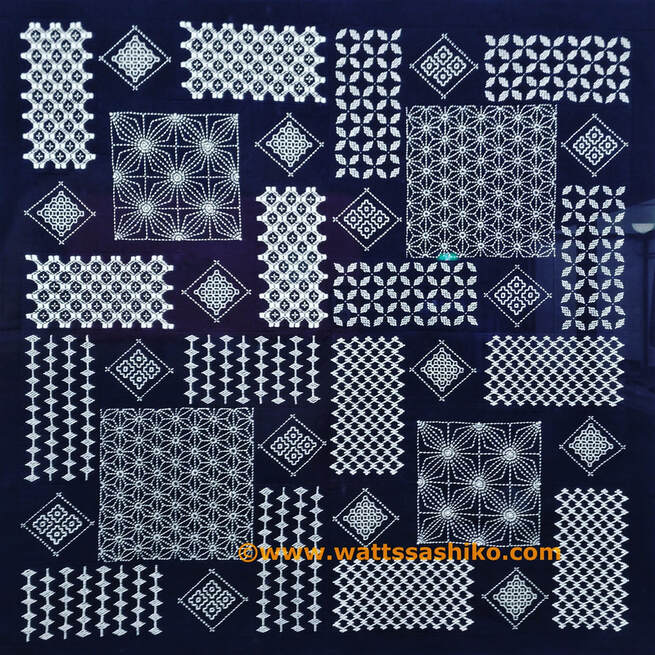
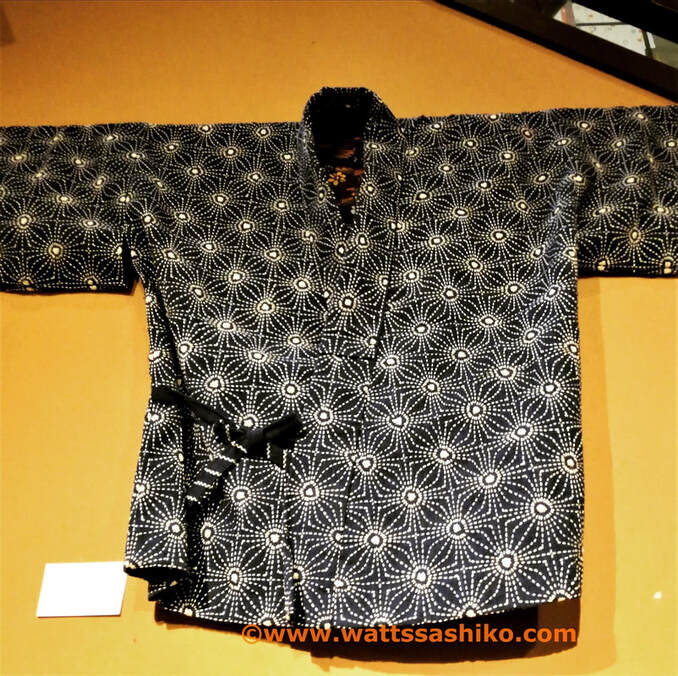
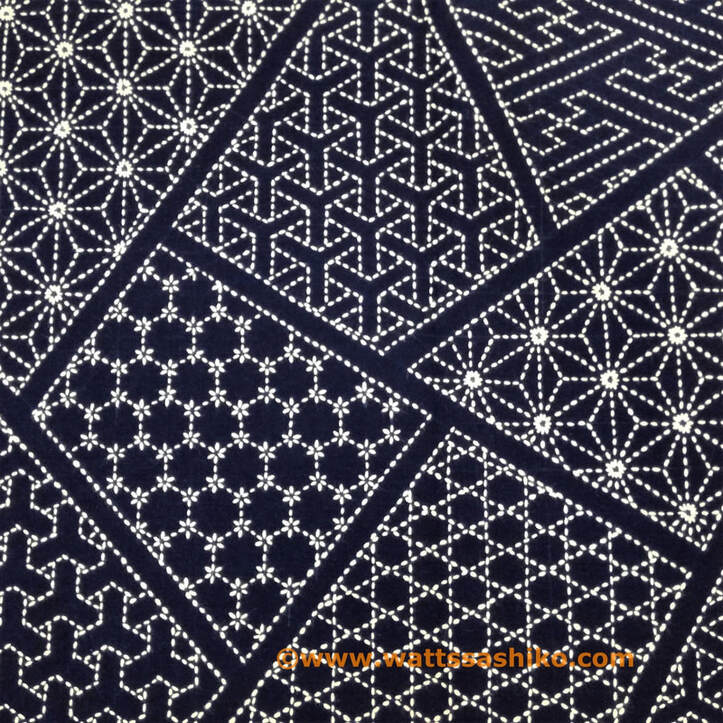
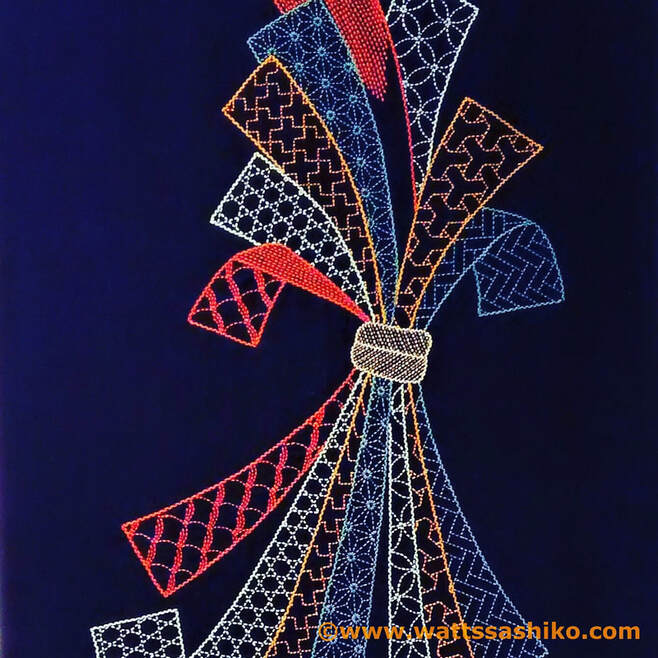
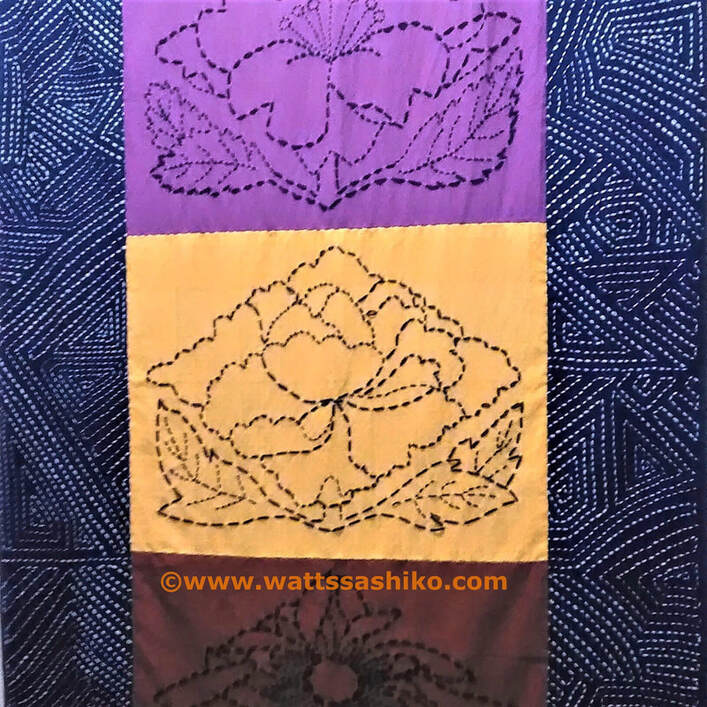
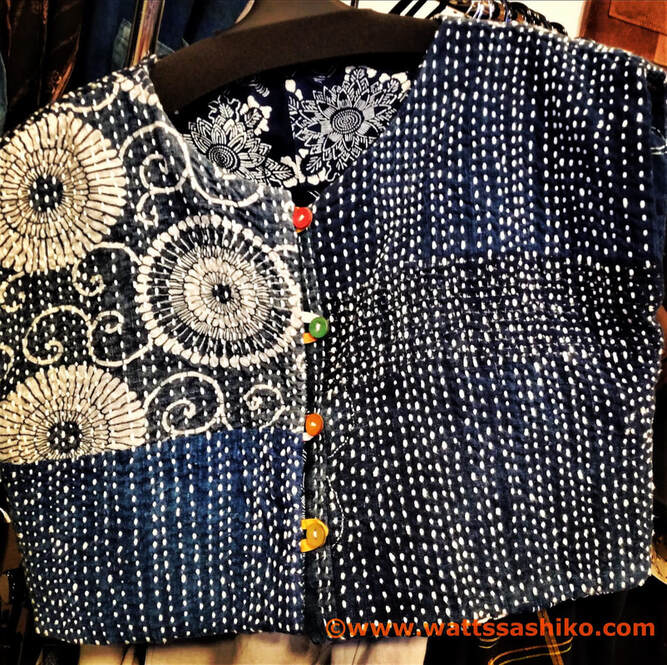
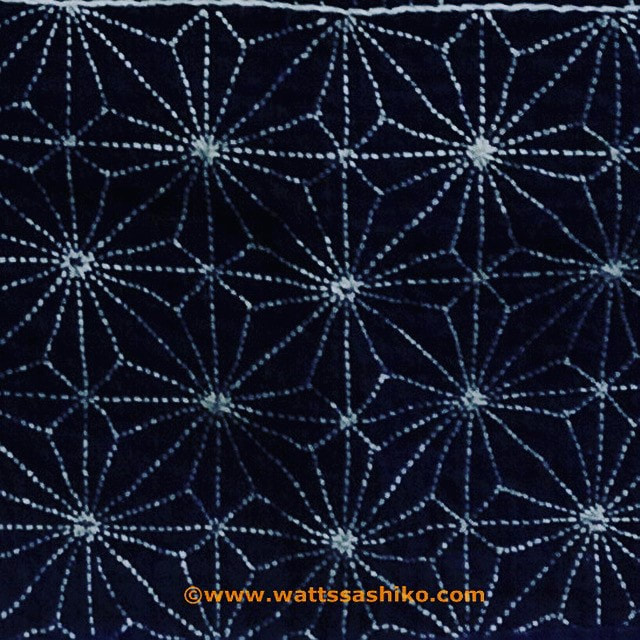
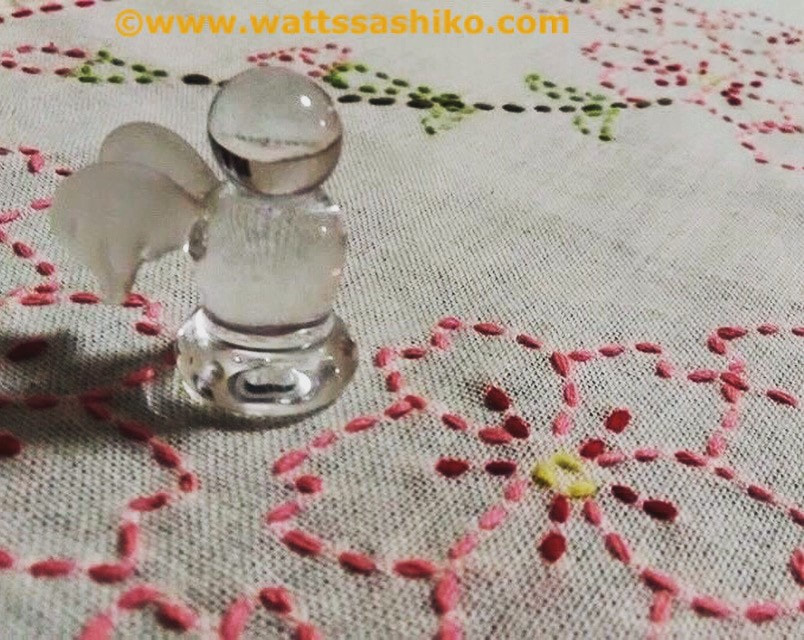
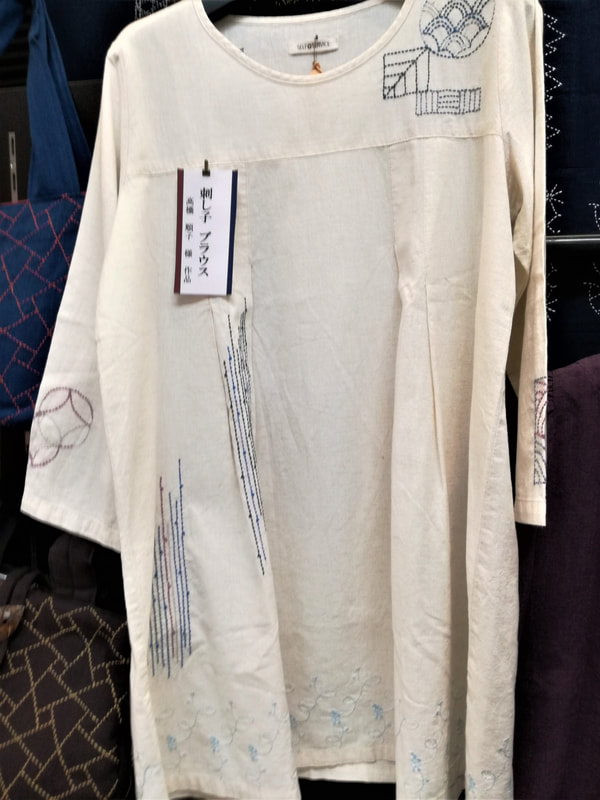
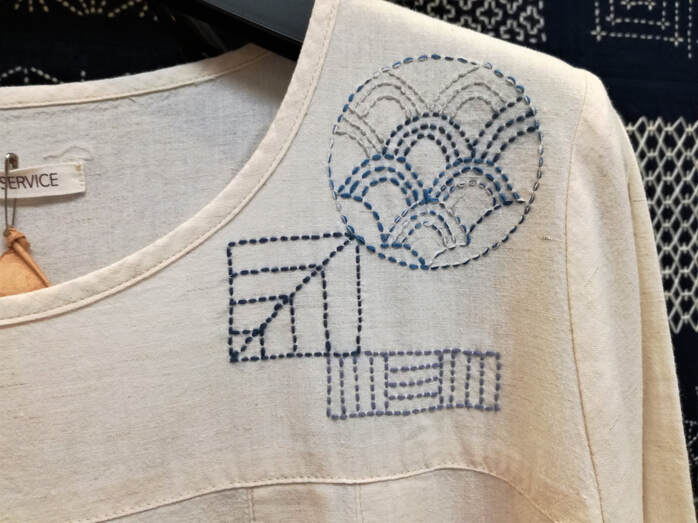
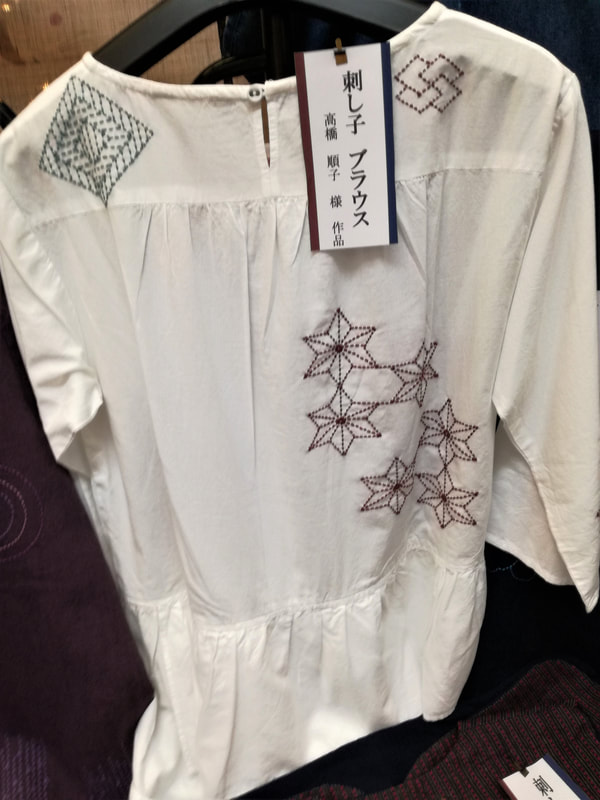
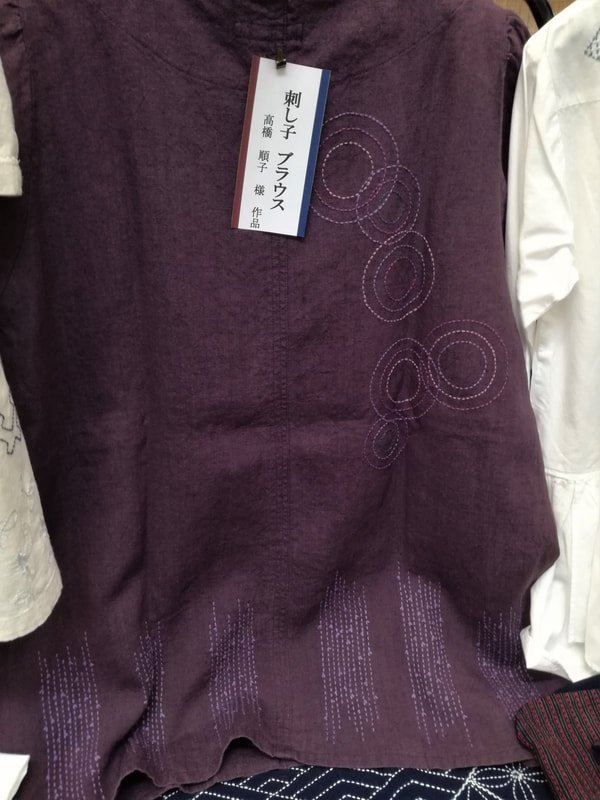
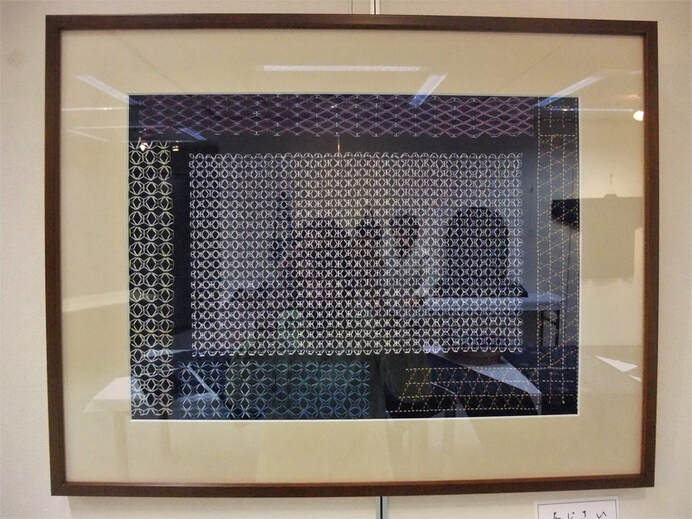
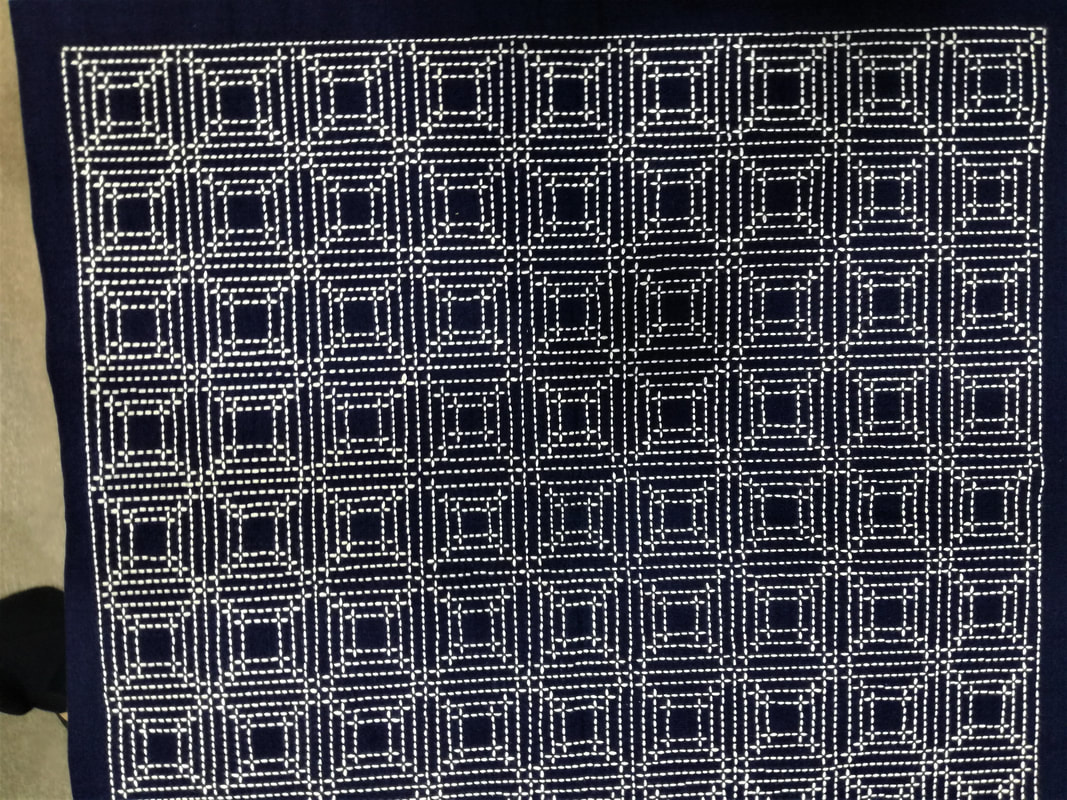
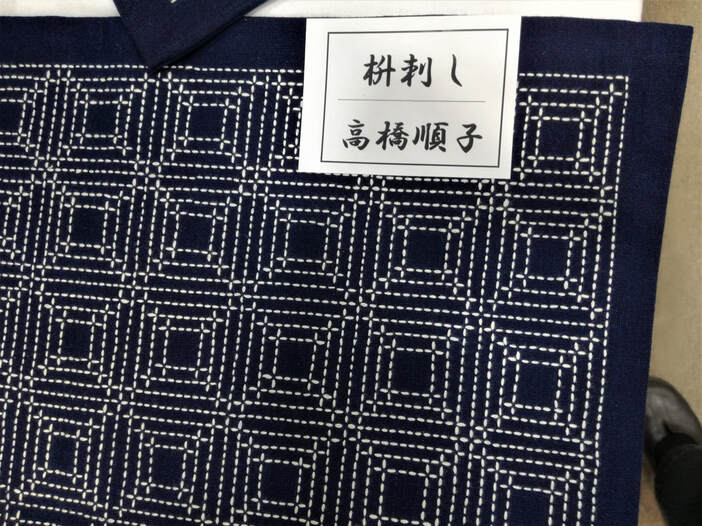
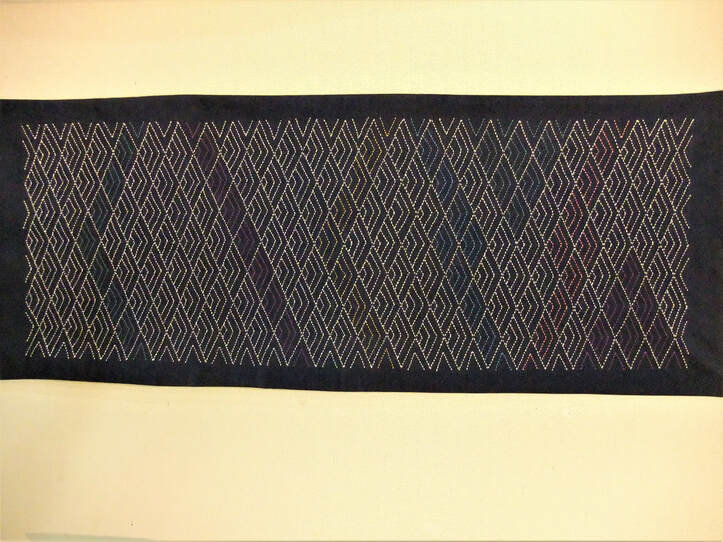
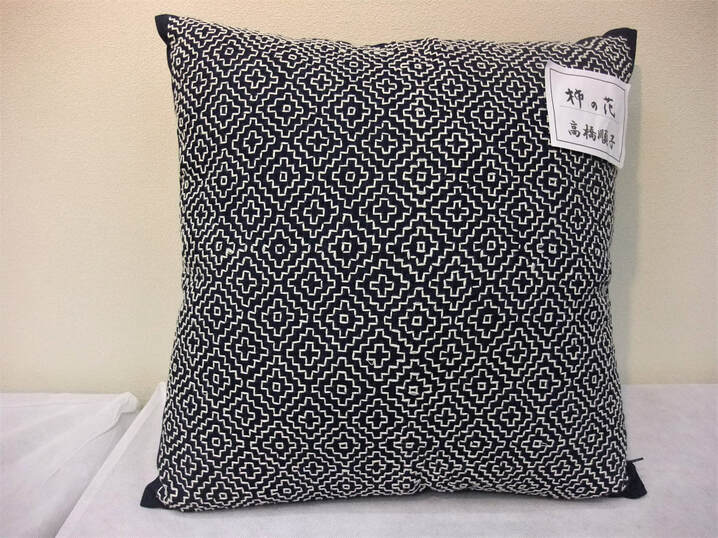
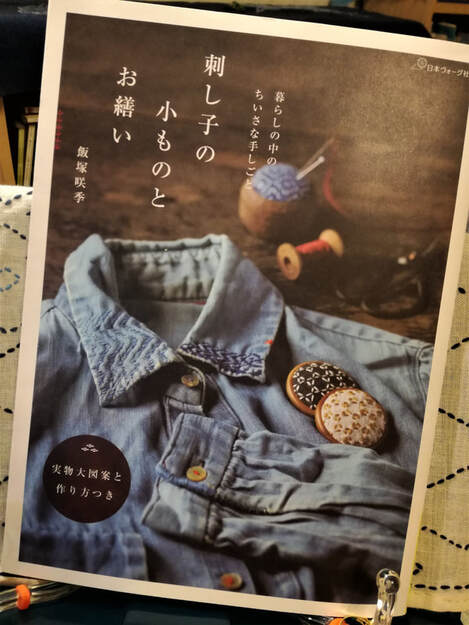
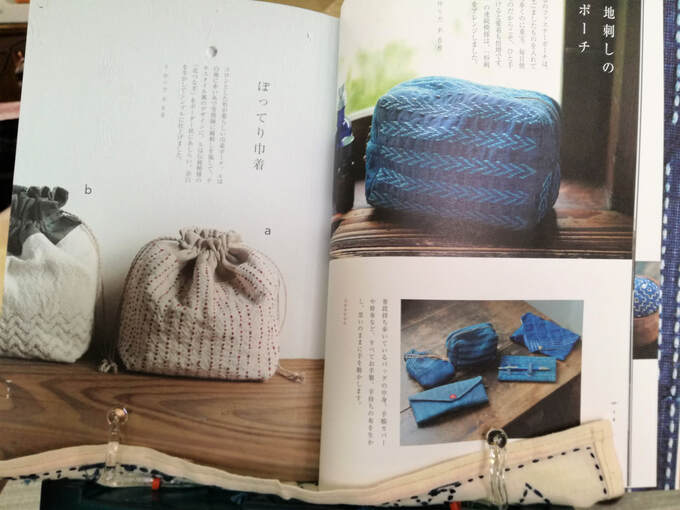
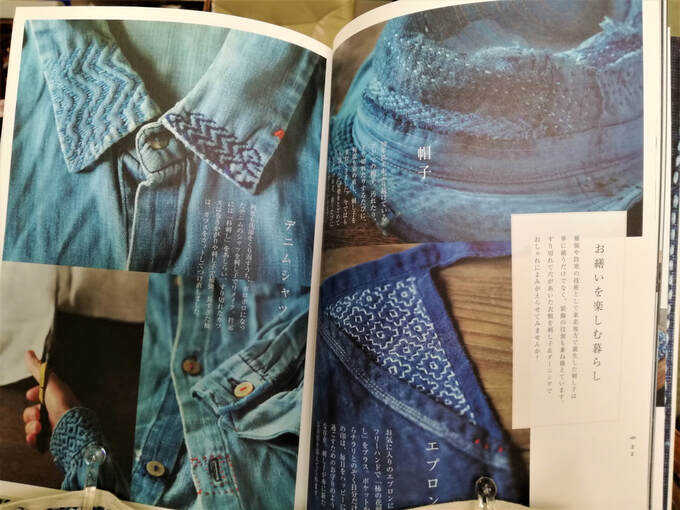
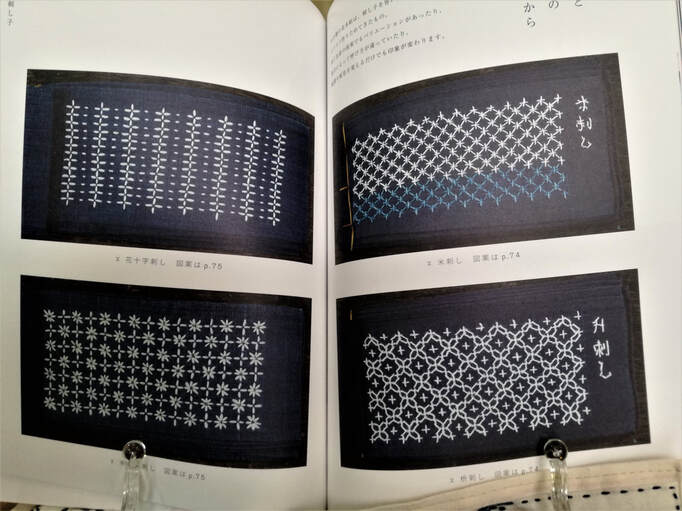
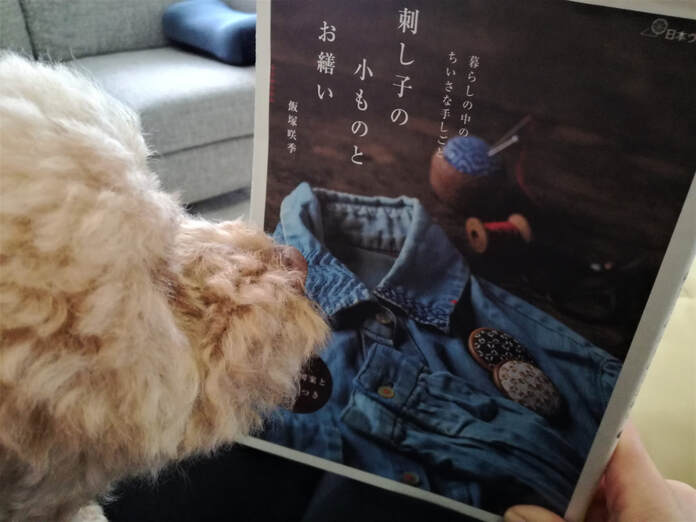
 RSS Feed
RSS Feed



